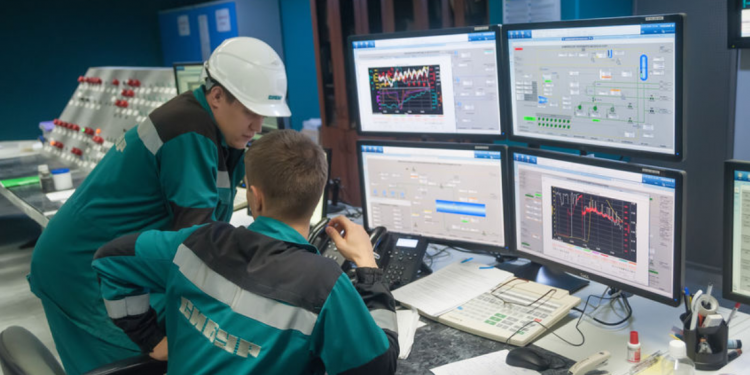Working on engineering projects takes a lot of time and energy to bring to fruition. The personnel working on the project will require a lot of skills working with different software. But in a firm that works on large projects, there is a need for a way to share information between different parts. This is where lifecycle tools come into play. These are tools that are used to share information across the board while maintaining the potency and integrity of the file.
There are several benefits to using these tools for a project. So, this article will look at some of them.
Consistency
The use of lifecycle management tools helps to keep the consistency of the project all through. This is because there is a clear standard set out so everyone working on the project can see what requirements they have to follow. So, whether you are working at the office or working from the comfort of your bed, you can see what specifications you are meant to follow. And even if there are corrections to be made, they can be traced to the source, so corrections can be made. So, by using the lifecycle tool, you can carefully manage projects effectively without many errors.
Higher productivity
Productivity is greatly improved because the rate of workflow is improved and faster. The work doesn’t have to be physically delivered before it can be worked on; it can be accessed through links, and these links can be shared with the required people. So the project can be worked on simultaneously by everyone who is on it. so that everything can be done in unison and there is better working and collaboration between the various workers in the different sectors.
Better performance
Performance is also affected positively by using lifecycle tools to work. because everyone gets to work on their part of the project without much interference, and they can provide the best outcome. They can monitor how far they have progressed and give themselves standards to meet when working on such projects. Also, since the work can be seen by authorized personnel, every sector involved will put their best foot forward. This is so they are not seen as being responsible for slowing down the project. So it gives them a sense of responsibility towards the project while working conductively on the project.
High output
The output received while using the lifecycle tool is very high because there is a standard to follow and it can be seen by everyone on the project. This will create a clear mental picture in the heads of everyone working on the project of what is required by the client and what they need to work to achieve. This in turn lets them work well since there is a clear specification. This will ensure the best output possible and will make the product up to standard in every sense of the word. It will also meet all requirements, which is an added benefit.
Higher profits
It is simple math. If the outputs produced are of high quality and standard, there will be more patronage from others. Good work speaks for itself, so the jobs you have done will advertise your business to others who will also patronize your services, which means higher profits. Also, because everyone is working based on requirements and specifications, there will be less lag and wastage, which costs money and is detrimental to profits in a business. Fewer errors mean less time spent, which means less money. Because every minute spent on a project also means money spent on il. In summary, profits are increased by using engineering lifecycle tools in projects because of fewer expenses and the timely completion of projects.
Better execution
The execution of projects is accomplished more efficiently with lifecycle tools because the process is less tedious. It is done faster. This means there is a cost-benefit, there is less paperwork, and it’s more simplified. As the team gets used to using tools for project tracking, which allows them to do their jobs more efficiently, the structured planning used in lifecycle management provides a lot of benefits, including communication, reduction of project risk, and costs.
Lifecycle management allows the team to do their jobs more efficiently and reduces the time it takes to complete projects, which in turn reduces the time it takes to complete projects, reduces risks, and lowers project costs.
Sodius Willert is a company that specializes in the manufacture of lifecycle tool extensions for engineers. These extensions are used to make the development process of engineering smoother and faster by creating integrations between platforms.
Conclusion
Lifecycle tools are a great benefit and asset to engineering projects and work because they help to bring about better results. The results are always better when they are implemented into a project. For more information, see here












